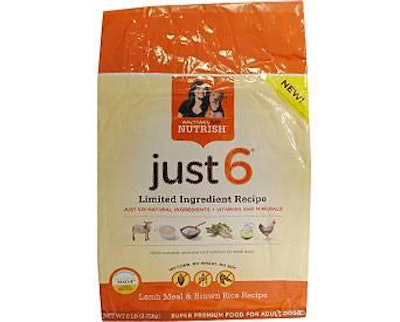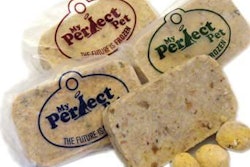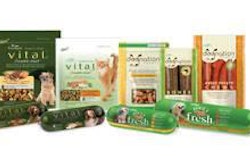
It seems that the days of humanization being only about petfood products that look just like human foods may be coming to an end. That does not mean that we will not continue to see more products on the market that do, in fact, look like human food. However, the kinds of products we see have changed dramatically. And the focus has changed as well, with more products being positioned around wholesomeness and understandability of ingredients.
Instead of seeing growth in products that may be dog chews that look like candy bars or cat food that seems to look just like something you would serve your family, what we see is a more balanced, more realistic approach to feeding pets, yet making the petfood familiar to their human family members.
Before we dive deeper into this idea of wholesomeness, let’s back up a bit and look at what’s going on in the marketplace. Petfood introductions, globally and in the US market, experienced a dip in the second half of 2010. That may be due in part to the economy and in part to product proliferation.
Much of the decline in the US market appears to be driven by a decrease in introductions from smaller, more niche companies. These declining new product introductions come at a time when pet ownership is at an all-time high, with data from the American Pet Products Association indicating there are 77+ million dogs and 93+ million cats as pets in the US. According to Mintel analysis of data from a variety of sources, it appears total petfood sales (across all channels) should show modest growth this year.
With Mintel research showing 72% of US consumers consider pets as part of the family, it is not surprising at all that the major claims we see in petfood introductions echo what we see in human foods. In fact, about 30% of all global petfood introductions in 2010, as reported by Mintel’s Global New Products Database, carried a “no additives/preservatives” claim, while about 17% were labeled “all natural.”
In terms of the kinds of products we see on the market, the newest trend appears to be products that showcase the “naturalness” of the ingredients inside. The focus is on pieces of meat, pieces of vegetables, in a format that purchasers can see or clearly understand.
A product example that clearly illustrates this trend comes from Del Monte. Its Milo’s Kitchen line of dog treats look like what they are (chicken fillets, meatballs and beef sausage slices). A clear window on the stand-up pouch lets consumers see what is inside, thus enhancing their confidence about the product.
Another way to look at this idea of product wholesomeness is helping consumers understand why a product is formulated as it is. A company from New Zealand called K9 Naturals offers freeze-dried raw dog food, positioned as having 100% natural, balanced nutrition. In fact, the formula is based on a traditional canine diet. The company says: “The product is made from fresh New Zealand produce and based on the actual diet of the Grey Wolf, which shares 99.8% of its DNA with domestic dogs, hence their dietary needs are similar.”
An additional expression of wholesomeness is with products that have easy-to-understand ingredients and ingredient statements, instead of ones consumers may find difficult to comprehend (e.g., meat by-products). Several unique offerings in the US market illustrate this trend.
Branching out from easy recipes, cooking shows and kitchen products, TV food celebrity Rachael Ray now offers Nutrish Just 6 dog food and dog treats made with only six main ingredients (plus vitamins and minerals), the company says. Those six ingredients are shown on the front of the pack. It should be noted, however, that the actual ingredient statement does not read quite as cleanly as the package’s photos may suggest, with the first six being lamb meal, brown rice, ground rice, dried beet pulp, poultry fat (preserved) (mixed tocopherols) and natural chicken flavor.
It’s easier, of course, in the treat segment, which is not required to provide the same level of nutrition or meet specific nutrition standards. Thus, we see treats for cats under the brand Thrive with a single ingredient: chicken.
Where do we see the concept of humanization in petfood going in the future? Look for a continued focus on natural formulations, on communicating specific, understandable ingredients and on products that balance the concept of “just like what we eat” with what is most important for pets to consume.
















